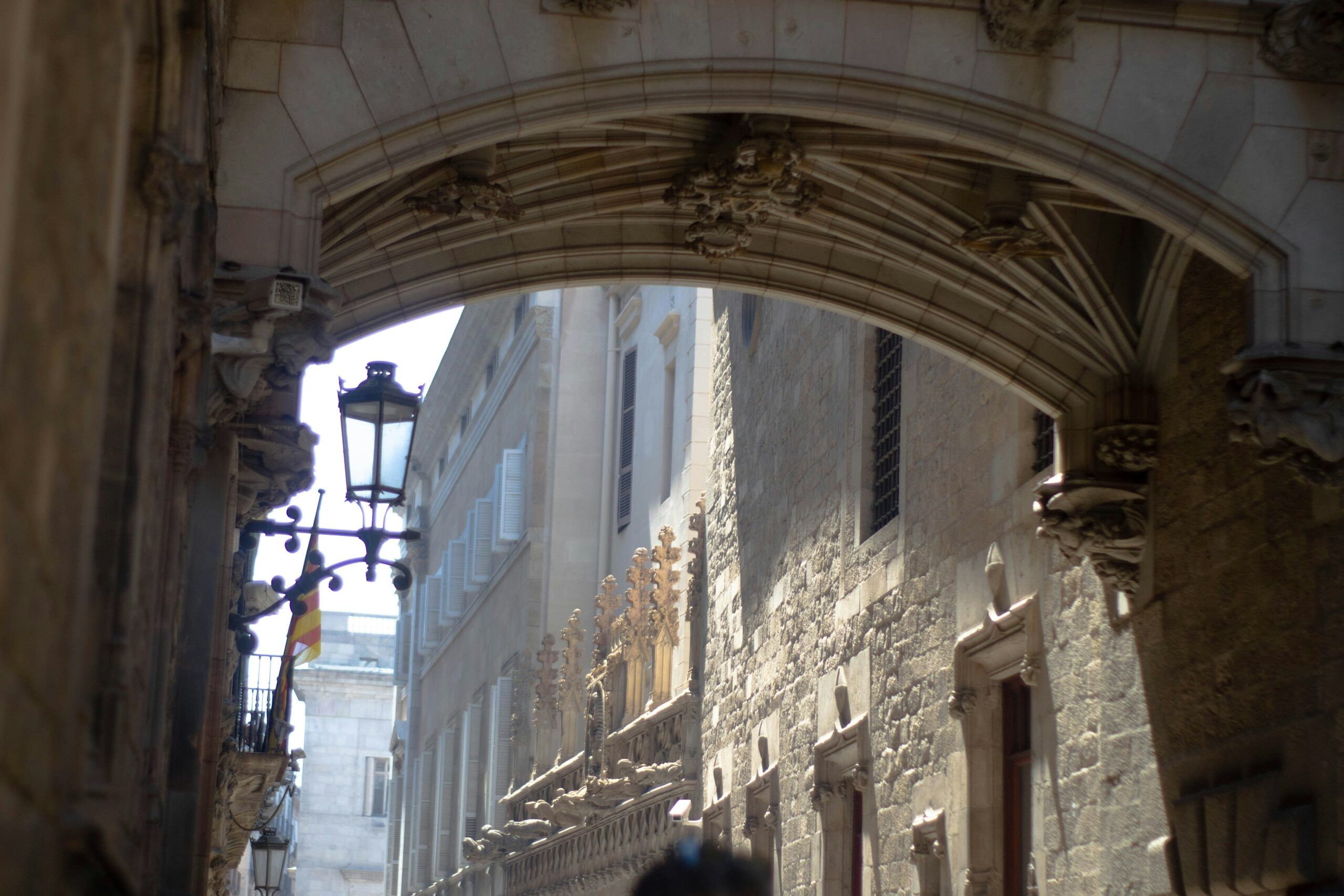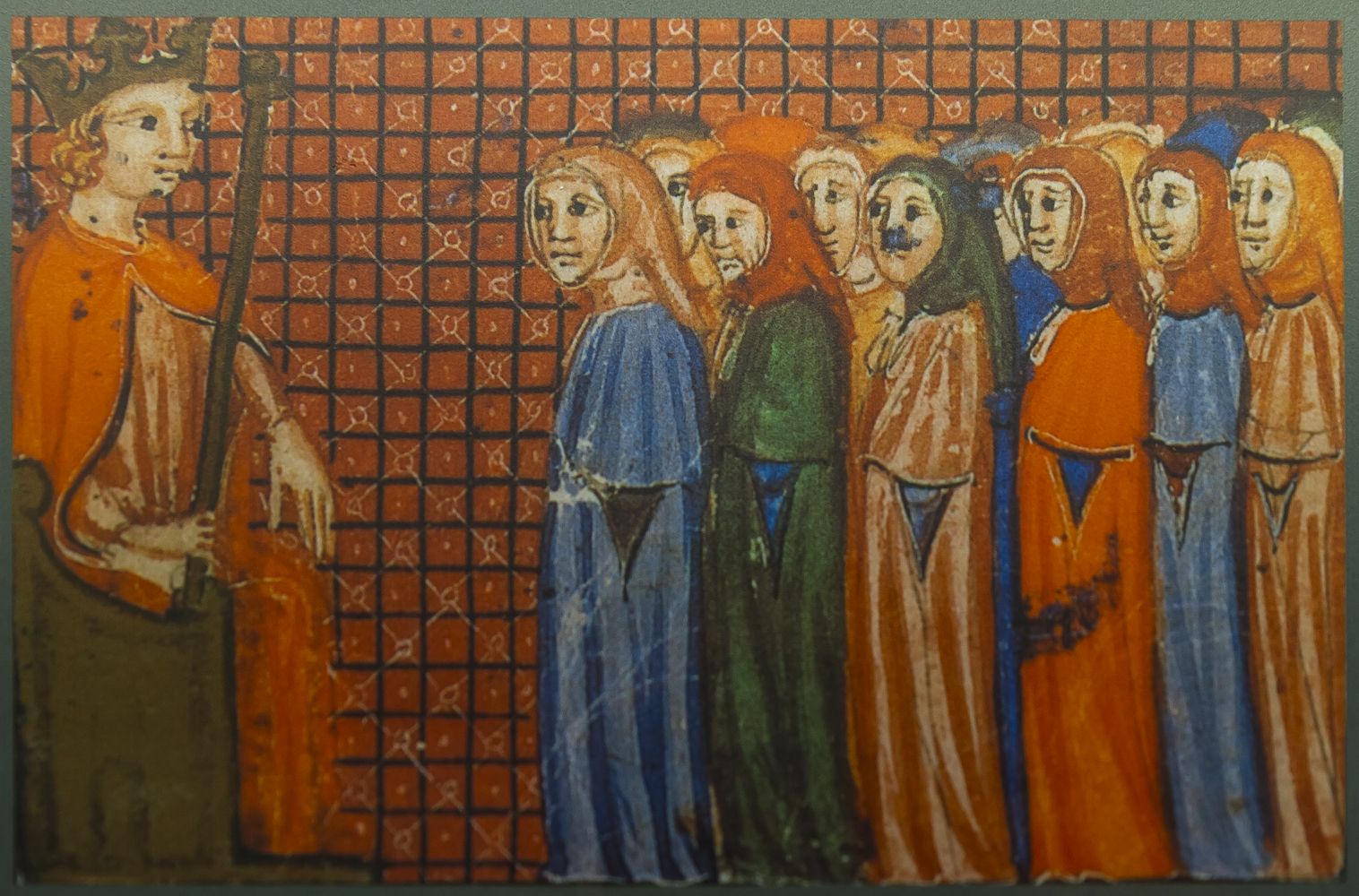Barcelona dazzles with its modernist architecture and cosmopolitan rhythm, yet beneath the Gothic Quarter’s labyrinth of stone lies a quieter story: the legacy of its medieval Jewish community. Known as El Call, this historic enclave thrived for centuries as a center of learning, commerce, and spiritual life before succumbing to violence and erasure. Today, as part of the Jewish Heritage Network – Caminos de Sefarad, the city invites travelers to rediscover a chapter that shaped its identity.
Jewish presence in Barcelona flourished between the ninth and fourteenth centuries under the Crown of Aragon. El Call was not an isolated ghetto but an integrated district, home to synagogues, schools, ritual baths, and hospitals. At its height, the Jewish population represented nearly ten percent of the city and excelled in banking, medicine, and Mediterranean trade. It was also a beacon of intellectual life: figures such as Nahmanides (Ramban) left an enduring mark on Jewish philosophy and theology. His role in the celebrated Disputation of Barcelona in 1263, held before King James I, remains one of the most significant episodes in medieval Jewish history.
Among the towering names of this period stands Solomon ben Adret (Rashba), Barcelona’s chief rabbi for more than forty years. He presided over the Great Synagogue and its Talmudic academy, authored thousands of responsa, and advised communities across Europe. His intellectual stature is honored today in the city’s streets: in 2018, the former Sant Domènec del Call was renamed Carrer de Salomó ben Adret, a gesture that erased a reference tied to the pogrom and paid tribute to this master of Jewish law.
 The golden age ended abruptly in 1391, when anti-Jewish violence swept across the Iberian Peninsula. Barcelona’s pogrom brought death, looting, and forced conversions. Decades later, the Inquisition deepened the disappearance of visible Jewish life. Yet traces endure: Hebrew inscriptions embedded in walls, tombstones recovered from Montjuïc, and street names that whisper of a vanished world.
The golden age ended abruptly in 1391, when anti-Jewish violence swept across the Iberian Peninsula. Barcelona’s pogrom brought death, looting, and forced conversions. Decades later, the Inquisition deepened the disappearance of visible Jewish life. Yet traces endure: Hebrew inscriptions embedded in walls, tombstones recovered from Montjuïc, and street names that whisper of a vanished world.
To grasp this history, visitors can explore sites that evoke its presence. On Carrer de Salomó ben Adret stands the Ancient Synagogue, considered one of Europe’s oldest. Its interior preserves original elements and offers guided tours that illuminate the evolution of the space and the rhythms of communal life. Nearby, the MUHBA El Call museum displays manuscripts, artifacts, and maps that reconstruct the neighborhood and the impact of the pogrom. On Carrer Marlet, a stone bearing a Hebrew inscription commemorates Rabbi Samuel ha-Sardí, a silent witness to Barcelona’s intellectual legacy.

Beyond the old city, Montjuïc, its name meaning “Mountain of the Jews”, completes the journey. Archaeological finds reveal anthropomorphic tombs and gravestones, now exhibited in museums, recalling the necropolis that served the community for centuries.
A Living Heritage
Exploring Jewish Barcelona means stepping away from the city’s busiest circuits and venturing into narrow streets where every detail matters. Signposted routes and specialized tours trace the Call’s medieval footprint, while cultural events such as the European Day of Jewish Culture and the Jewish Film Festival connect this memory to contemporary life.
Barcelona does not merely preserve fragments of the past: today, it hosts a vibrant Jewish community estimated at 4,000 to 8,000 members, with synagogues and cultural centers that embody continuity and renewal.









